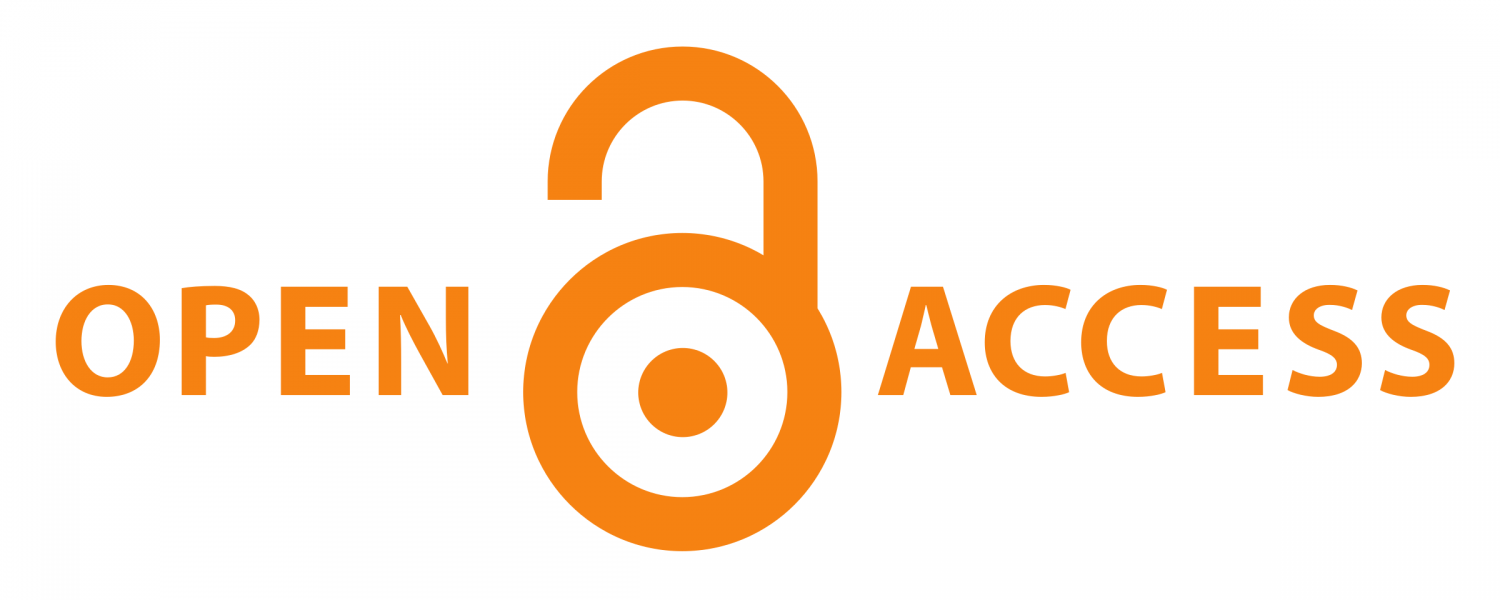The S-I-C-C-A protocol: bedside ultrasound for rapid resuscitation of non-traumatic, undifferentiated shock in Department of Emergency Medicine
Keywords:
ultrasound, resuscitation, non-traumatic undifferentiated shock, protocol, Emergency Department, correct diagnosis rate, mortalityAbstract
Objective To study the use of “S-I-C-C-A”, a new bedside ultrasound approach protocol, which was developed in order to rapidly identify the cause of shock and guide for management of these patients in emergency department within the fi rst 30 minutes of arrival.
Methods We conducted a prospective historically-controlled study of patients age≥18 years old who had non-traumatic, undifferentiated shock in the Department of Emergency Medicine, Maharaj Nakorn Chiang Mai hospital. Data comparison between before and after S-I-C-C-A protocol implementation was done using descriptive statistical analysis. Primary
outcome was the correct diagnosis rate, compared between primary diagnosis and the fi nal hospital diagnosis. Secondary outcome were 7-day mortality rate, time spent in ED, and other relevant data retrieved from the protocol.
Results Data from the group before protocol implementation were retrospectively studied from January to April 2013, while data from the group after protocol implementation were prospectively studied from August to October 2013, and November 2015 for more additional populations. Both groups had data from 54 patients. The S-I-C-C-A protocol was
mostly used by 1st to 3rd year emergency residents (64.82%), in the median examination time of 10 (IQR 5-12.75) minutes could increase the correct diagnosis rate from 74.07% to 83.33% (p=0.119), and helped decreasing 7-day mortality rate from 27.78% to 16.67% (p=0.082).
Conclusion The use of S-I-C-C-A protocol, which is a step-by-step ultrasound approach, tends to increase the correct diagnosis rate and help guiding proper treatments in patients with undifferentiated shock within the fi rst 30 minutes, and may result in decreased 7-day mortality rate.
References
Jones AE, Stiell IG, Nesbitt LP, Spaite DW, Hasan N, Watts BA, et al. Nontraumatic out-of-hospital hypotension predicts, inhospital mortality. Ann Emerg Med. 2004; 43:106-13.
Moore CL, Rose GA, Tayal VS, Sullivan DM, Arrowood JA, Kline JA. Determination of left ventricular function by emergency physician echocardiography of hypotensive patients. Acad Emerg Med. 2002; 9:186–93.
Sebat F, Musthafa AA, Johnson D, Kramer AA, Shoffner D, Eliason M, et al. et al. Effect of a rapid response system for patients in shock on time to treatment and mortality during 5 years, Critical Care Medicine. 2007; 35:2568–75
Rivers E, Nguyen B, Havstad S, Ressler J, Muz-zin A, Knoblich B, et al. Early goal-directed therapy in the treatment of severe sepsis and septic shock, The New England Journal of Medicine. 2001;345:1368-77.
Jones AE, Tayal VS, Sullivan DM, Kline JA. Randomized, controlled trial of immediate versus delayed goal-directed ultrasound to identify the cause of non-traumatic hypoten-sion in emergency department patients. Crit Care Med. 2004;32:1703-8
American College of Emergency Physicians (ACEP), Policy statement of emergency ultra-sound guideline. Annals of Emergency Medi-cine. 2009;53:550–70
Kendall JL, Hoffenberg SR, Smith RS. History of emergency and critical care ultrasound: the evolution of a new imaging paradigm. Crit Care Med. 2007;35(suppl):126-30
Rose JS, Bair AE, Mandavia D, Kinser DJ. The UHP ultrasound protocol: a novel ultrasound approach tothe empiric evaluation of the undifferentiated hypotensive patient. Am J Emerg Med. 2001;19:299-302
Hernandez C, Shuler K, Hannan H, Sonyika C, Likourezos A, Marshall J. C.A.U.S.E.: cardiacarrest ultra-sound exam – a better approach to managing patients in primary non-ar-rhythmogenic cardiac arrest. Resuscitation 2008;76:198-206.
Atkinson PR, McAuley DJ, Kendall RJ, Abeya-koon O, Reid CG, Connolly J, et al. Abdomi-nal and Cardiac Evaluation with Sonography in Shock (ACES): an approach by emergency physicians for the use of ultrasound in pa-tients with undifferentiated hypotension. Emerg Med J. 2009;26:87–91.
Perera P, Mailhot T, Riley D. The RUSH exam: Rapid Ultrasound in Shock in the evaluation of the critically lll. Emerg Med Clin North Am. 2010;28:29–56.
Liteplo A, Noble V, and Atkinson P. My pa-tient has no blood pressure: point of care ultrasound in the hypotensive patient FAST and RELIABLE, Ultrasound. 2012;20:64-8.
อรุณจิรวัฒน์กุล. สถิติทางวิทยาศาสตร์สุขภาพเพื่อการวิจัย. กรุงเทพฯ: วิทยพัฒน์. 2552:166-7.
Mandavia DP, Hoffner RJ, Mahoney K. Bed-side echocardiography by emergency physi-cians. Ann Emerg Med. 2001;38:377–82.
Tayal VS, Kline JA. Emergency echocardiogra-phy to detect pericardial effusion in patient-sin PEA and near-PEA states. Resuscitation. 2003;59:315–816.
Parenti N, Sangiorgi D, Pigna A, Coniglio C, Cancellieri F, Gordini G, et al. Distensibility index of inferior vena cava diameter in venti-lated septic and trauma patients with shock. Crit Care. 2010;14(Suppl1):125.
Justice JR, Baldisseri MR. Early recognition and treatment of non-traumatic shock in a community hospital. Crit Care. 2006;10:307.
Mok KL. Make it SIMPLE: enhanced shock management by focused cardiac ultrasound. J Intensive Care. 2016;15:51. 19.
Jones AE, Craddock PA, Tayal VS, Kline JA. Diagnostic accuracy of left ventricular func-tion for identifying sepsis among emergen-cy department patients with nontraumatic symptomatic undifferentiated hypotension. Shock 2005;24:513–7.
Gedmintas A, Grabove M, Atkinson P. My pa-tient has no blood pressure: have they got an abdominal aortic aneurysm? POCUS series. Ultrasound. 2011;19:236–41.









